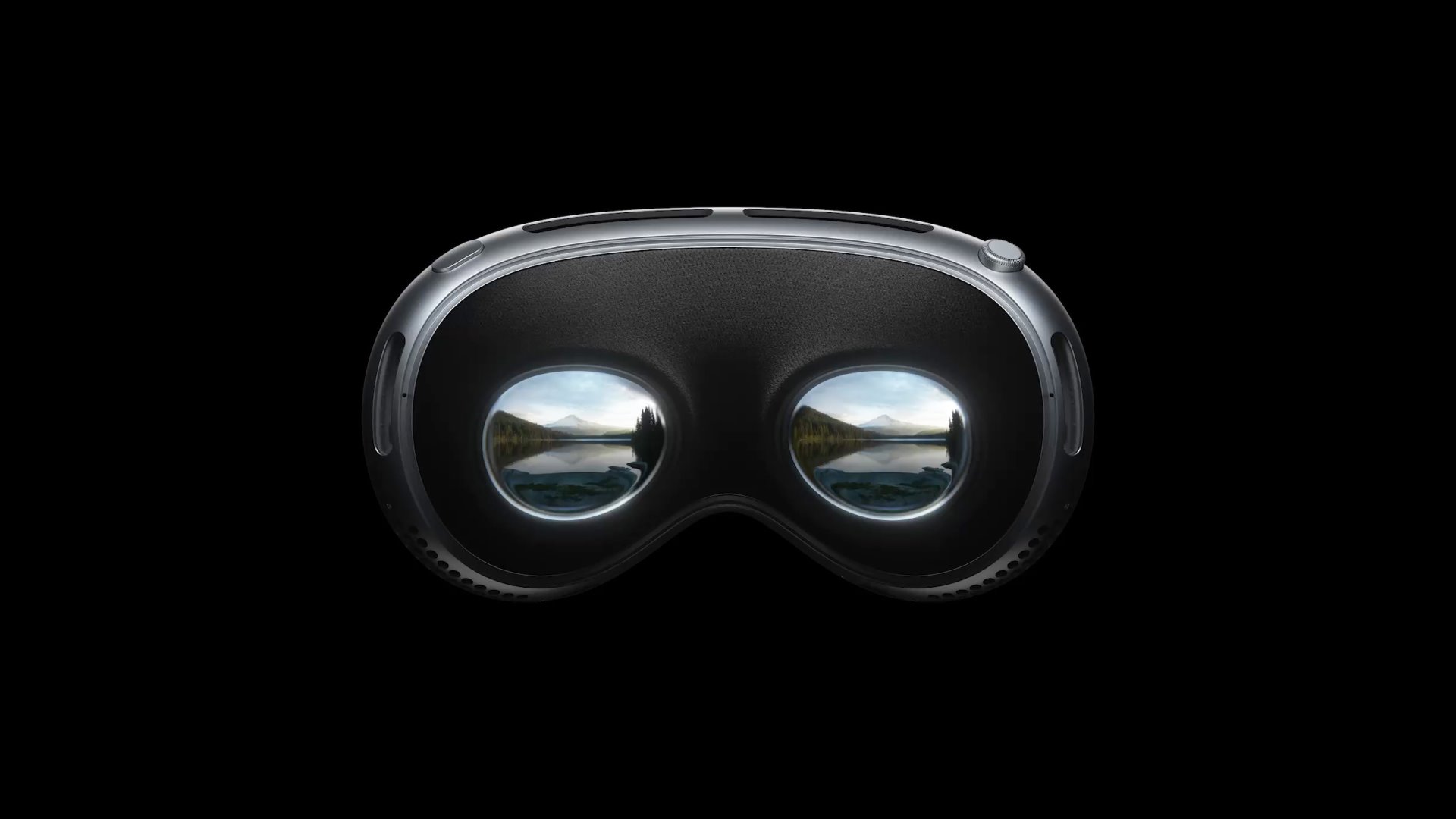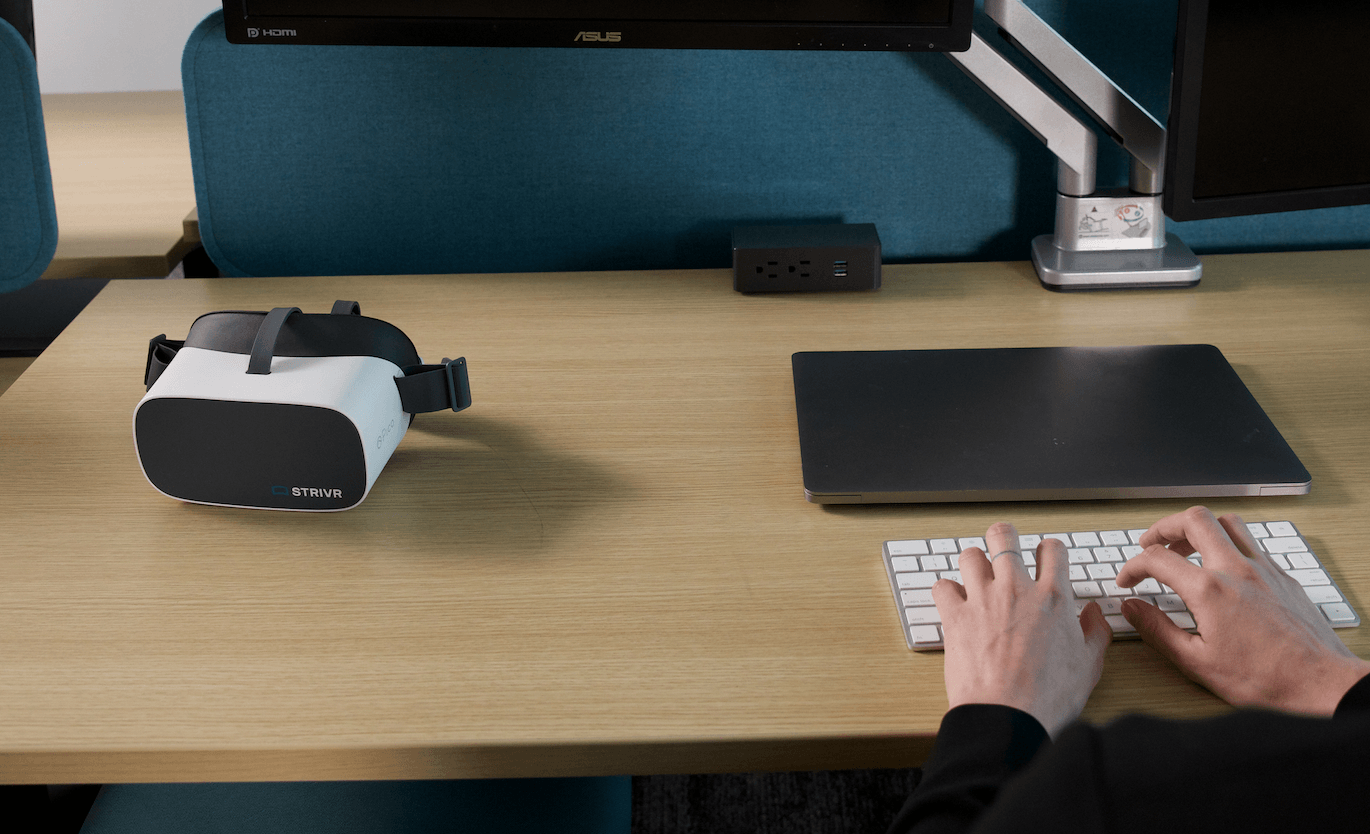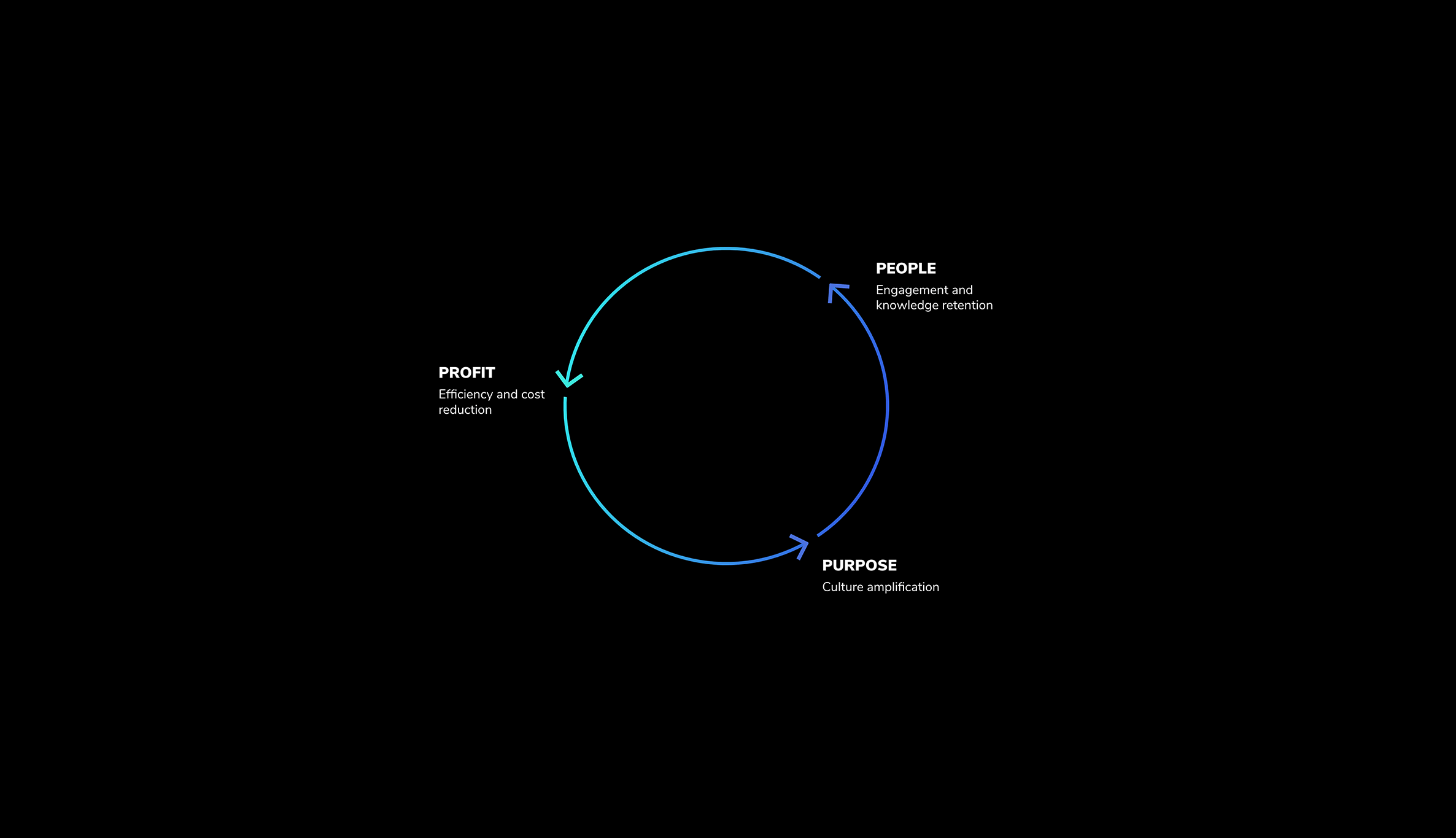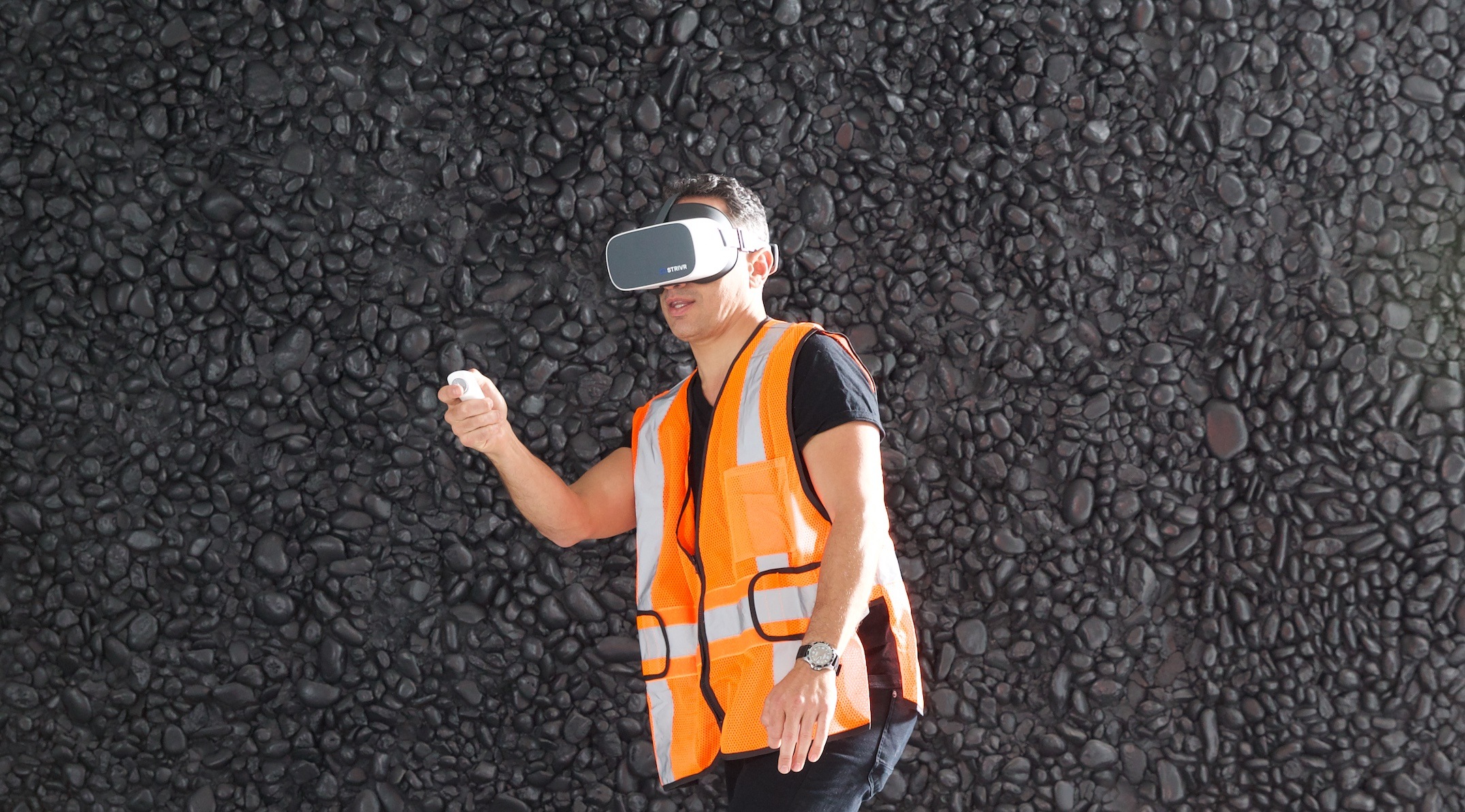A few years ago, immersed in radical pandemic shifts away from status quo ways of work, a lot of companies swapped in-person employee training sessions for e-learning methods. E-learning wasn’t a brand-new construct at the time, but it quickly gained traction across all kinds of organizations that hadn’t already been using it.
Suddenly, onboarding was happening at home. Employees were learning new skills to adapt to remote work technology. Workers were being reskilled rapidly as operations changed to accommodate social distancing. E-learning modules were quickly assembled to cover all of these bases.
Today, we’ve emerged from the pandemic — but not from the remote-work model altogether. A lot of companies have progressed from the stopgap stage of e-learning to more progressive, not to mention effective, hard and soft skills training. Virtual reality (VR) has been instrumental in that effort, but we’re just at the beginning of the shift to VR enterprise training as a mainstream paradigm.
E-learning as a stopgap measure
E-learning is both a broad and a vague term. It refers to any kind of employee learning module that happens on screen versus in person. Using digital devices such as desktop computers in learning labs or tablets in a live work environment, new hires and existing employees strengthen their skills by interacting with a screen.
E-learning has notable benefits over in-person employee training. It is highly scalable — many people can experience it at once, or in staggered and even repeat ways. Instead of scheduling a single employee training at a specific time and place, employees and new hires can access training on their own time. They simply need access to an enabled device or even something as simple as an internet link. This makes e-learning economical and efficient for big companies that have to train a lot of people at once, or many people frequently over time.
But e-learning has its limitations. A premade module on a flat screen is not exactly engaging. As Strivr reported a few years ago in the post Why shifting to e-learning isn’t enough, learners typically only remember 10% of what they read, 20% of what they hear, and 30% of what they see. Two weeks after a learning experience, they’ve already forgotten the rest.
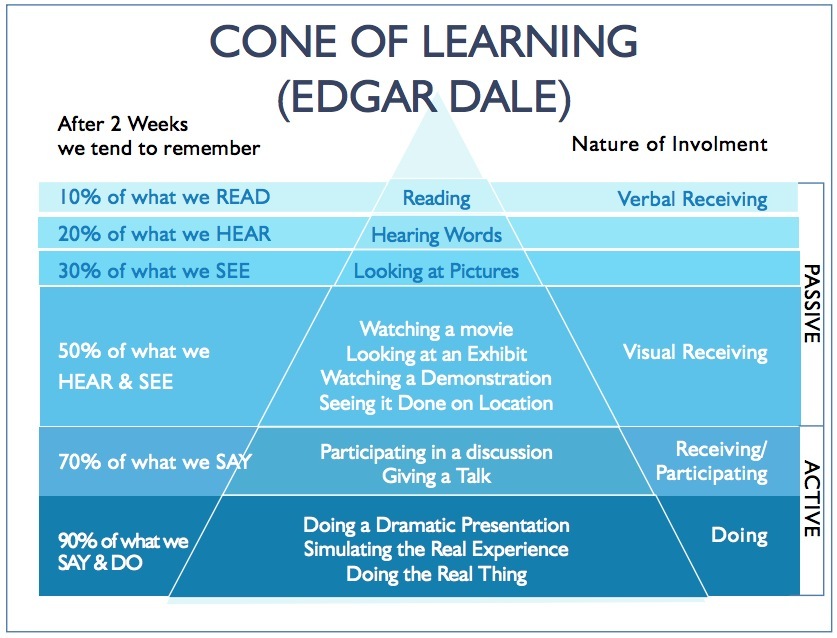
More learning about learning
Participating in a learning experience with their voice or body makes a big difference. Learners tend to hold onto 70% of what they learn while participating in a discussion or giving a talk on a subject, and an impressive 90% of learning is retained from learning by doing. This aligns with scientific research into how people learn: realistic, embodied experience makes a bigger impact on learning and creates longer-term retention.
In the years since Strivr’s original post on e-learning, though, we’ve learned more about how people learn best. Consulting firm PwC released a study in 2022 that found 51% of companies were integrating VR into their L&D strategy, for good reason. By observing learners on a particular topic, PwC recorded how they performed within three different learning modalities: classroom-based, e-learning, and VR training. The study found that VR learners could be trained 4x faster than classroom learners and were 275% more confident in applying their skills after this type of employee training.
These are hard numbers that reinforce the hypothesis Strivr threw out at the beginning of the pandemic shift to digital learning methods — based on our own experience with customers and existing scientific knowledge on learning — that VR training is profoundly more effective than both e-learning or standard classroom training.
But there’s a catch, of course. In 2022, a UCLA study published in the journal Science of Learning found that “The context in which we learn things can help us remember them better,” according to author and professor Jesse Rissman. This study was particularly about how people learn languages, but its conclusions are widely true across learning subject matter. VR learning only works well if it’s done well.
Doing VR employee training well in context
Realistic context is why VR employee training is so effective. Immersed in a highly realistic setting, learners are able to practice their future jobs or skills in an embodied way. Depending on the company and the skills being taught, there are a lot of different ways this could look.
For Verizon, teaching retail employees how to respond to snatch-and-grab robbery means placing them in a realistic store setting and testing their knowledge of how to react. To create the most realistic setting, Verizon used real security camera footage from stores along with new 360-degree filming for their custom VR learning modules.
With new casino locations opening, MGM Resorts had a goal of teaching 3,000 new employees a week how to do their hospitality jobs, which meant providing them the opportunity to repeatedly practice procedure and process training in an immersive setting. The opportunity to practice behavior in front of a “guest” avatar helped them gain confidence quickly. This VR training leveled the playing field for employees for whom English was not necessarily their first language, too.
These are just two examples of enterprise organizations that have replaced e-learning methods with VR employee training to drastically change business outcomes.
The real ROI of VR employee training compared to e-learning
VR employee training is more effective than e-learning in most ways — but it can also be more expensive. However, VR training is often not as expensive as L&D leaders sometimes assume, and it can bring such tremendous ROI that it pays for itself relatively quickly.
VR training often involves a capital investment — both in the content creation of VR training modules and in the hardware and software used to conduct and measure the actual training. One formal academic analysis of the cost of VR training compared to traditional methods, in a hospital setting, found that the cost of VR training was only slightly more expensive per person ($327.78 per person vs. $229.79). And when those costs were extrapolated over a three-year period, the per-person price of VR training came down to $115.43.
VR training brings long-term benefits that far outweigh initial investment, but even without extrapolating the costs of VR versus e-learning over time, VR is often the more economical choice up front. Much of the cost of VR training is up front, and partnering with a content producer and software provider like Strivr can cut those upfront costs dramatically.
Immersive Learning — a subset of VR training founded in behavioral and cognitive science that combines VR with advanced learning theory, data science, and spatial design — holds enormous potential to revolutionize e-learning as we know it. It’s also a field that’s rapidly accelerating, so stay tuned for new advancements and use cases.
To take a deeper dive into how Strivr’s Immersive Learning platform is helping revolutionize e-learning for some of the biggest enterprise companies in the world, watch the on-demand webinar The value framework for Immersive Learning with Strivr CEO Derek Belch.

